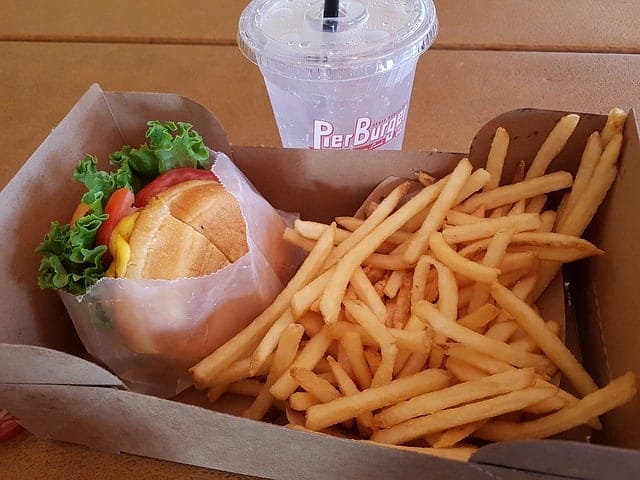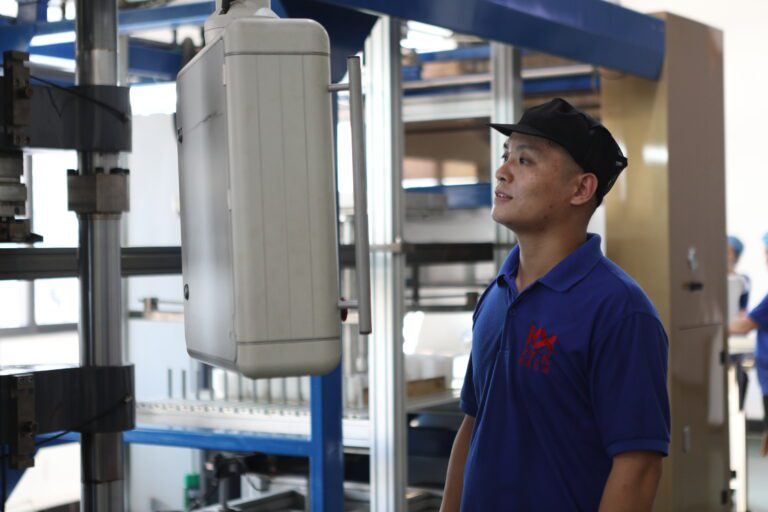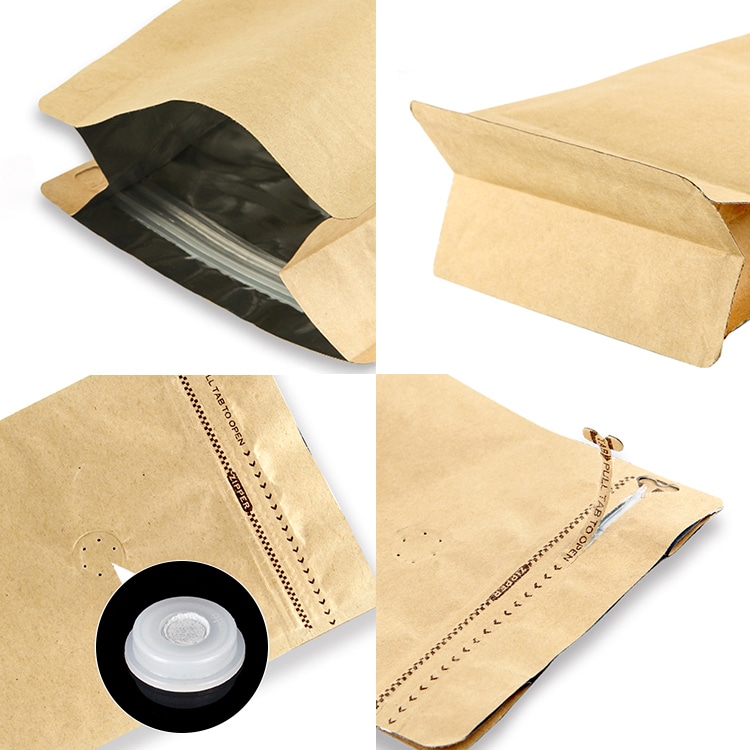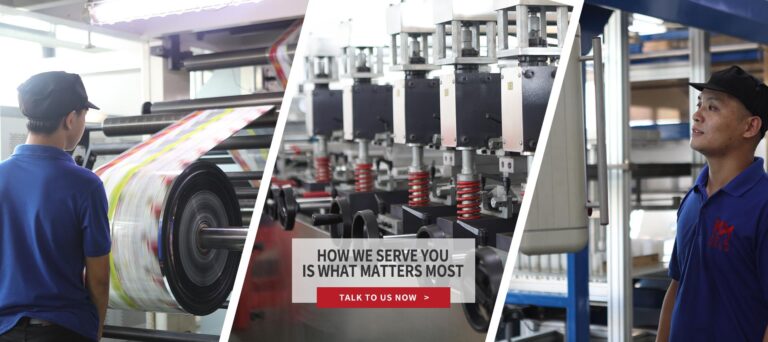Elintarvikepakkauspussien suunnittelu- ja terveydenhuoltovaatimukset
Elintarvikepakkauspussien suunnittelu- ja terveydenhuoltovaatimukset
Elintarvikepakkauspussilla on keskeinen rooli laadun suojaamisessa ja säilyttämisessä, turvallisuutta, ja elintarvikkeiden eheys. Terveydenhuollon vaatimukset täyttävien elintarvikepakkauspussien suunnittelu on välttämätöntä kontaminaatioiden estämiseksi, asianmukainen merkintä, ja tehokas käyttö. Tässä artikkelissa tarkastellaan tärkeimpiä näkökohtia ja terveydenhuoltovaatimuksia, jotka liittyvät elintarvikepakkauspussien suunnitteluun, korostaa niiden merkitystä elintarviketurvallisuuden ja kuluttajien luottamuksen ylläpitämisessä.

- Huomioitavaa elintarvikepakkauspussien suunnittelussa:
a. Tuotteen yhteensopivuus: Pakkausmateriaalien yhteensopivuuden arviointi erilaisten elintarvikkeiden kanssa, mukaan lukien kosteudenkestävyys, hapenläpäisevyys, ja UV-suoja.
b. Fyysinen suoja: Keskustellaan tarpeesta suunnitella pakkauspussit, jotka tarjoavat riittävän suojan fyysisiä vaaroja vastaan, kuten vaikutus, puhkaisu, ja murskaus kuljetuksen ja varastoinnin aikana.
c. Mukavuus ja käyttökokemus: Korostetaan helposti avattavien pakkauspussien suunnittelun tärkeyttä, uudelleen suljettavissa, ja kuluttajien kannalta kätevä käsitellä ja varastoida.
d. Brändäys ja estetiikka: Suunnitteluelementtien roolin tutkiminen, mukaan lukien grafiikka, värit, ja logot, brändi-identiteetin viestimisessä ja kuluttajien huomion herättämisessä. - Terveydenhuollon vaatimukset ja määräykset:
a. Elintarviketurvallisuusmääräykset: Ymmärrät elintarvikepakkauspussien suunnittelua ja käyttöä koskevat erityismääräykset ja standardit, kuten FDA:n elintarviketurvallisuuden modernisointilaki (FSMA) Yhdysvalloissa ja Euroopan unionin asetuksessa (EC) Ei. 1935/2004.
b. Merkintävaatimukset: Keskustelemme elintarvikepakkauspussien tarkan ja selkeän merkitsemisen tärkeydestä pakollisilla tiedoilla, mukaan lukien ainesosaluettelot, allergeenivaroitukset, ravintoarvot, ja viimeiset käyttöpäivät.
c. Elintarvikkeiden kanssa kosketuksiin joutuvia materiaaleja koskevien määräysten noudattaminen: Korostetaan, että elintarvikepakkauspussien on oltava elintarvikkeiden kanssa kosketuksissa olevien materiaalien käyttöä koskevien määräysten mukaisia, kuten EU:n asetus (EC) Ei. 10/2011 ja FDA:n elintarvikekosketusta koskevat määräykset.
d. Pakkausjätemääräykset: Käsitellään kestävän pakkaussuunnittelun kasvavaa painotusta ja tarvetta noudattaa pakkausjätehuoltoa ja -kierrätystä koskevia määräyksiä. - Elintarvikkeiden turvallisuus ja laadunvarmistus:
a. Esteominaisuudet: Tarkastellaan, kuinka tärkeää on valita pakkausmateriaalit, joilla on asianmukaiset sulkuominaisuudet mikro-organismien aiheuttaman saastumisen estämiseksi, kosteutta, happi, valoa, ja muut ulkoiset tekijät.
b. Sterilointi ja hygienia: Keskustellaan tarpeesta suunnitella pakkauspussit, jotka mahdollistavat asianmukaiset sterilointiprosessit ja säilyttävät hygieeniset olosuhteet valmistuksen aikana, täyte, ja tiivistys.
c. Peukaloinnin ilmeiset ominaisuudet: Selvitetään peukaloinnin havaitsevien sinettien tai sulkimien sisällyttämistä pakattujen elintarvikkeiden eheyden ja turvallisuuden varmistamiseksi.
d. Säilyvyys ja pilaantumisen esto: Tarkastellaan pakkaussuunnittelun roolia elintarvikkeiden säilyvyyden pidentämisessä hapenpoistoaineiden avulla, kosteuden hallinta, ja lämmönkestävyys. - Nousevat trendit ja innovaatiot:
a. Aktiivinen ja älykäs pakkaus: Keskustelemme aktiivisten ja älykkäiden pakkaustekniikoiden edistymisestä, mukaan lukien antimikrobiset kalvot, aika-lämpötila-indikaattorit, ja tuoreusanturit.
b. Kestäviä pakkausratkaisuja: Korostaa ympäristöystävällisten pakkausmateriaalien ja muotoilun kasvavaa kysyntää, kuten biohajoavat kalvot, kompostoitava pakkaus, ja kierrätettyä sisältöä.
c. Digitalisaatio ja jäljitettävyys: Tutkitaan digitaalisten teknologioiden integrointia, kuten QR-koodit tai RFID-tunnisteet, jäljitettävyyden parantamiseksi, toimitusketjun avoimuus, ja kuluttajien sitoutuminen.
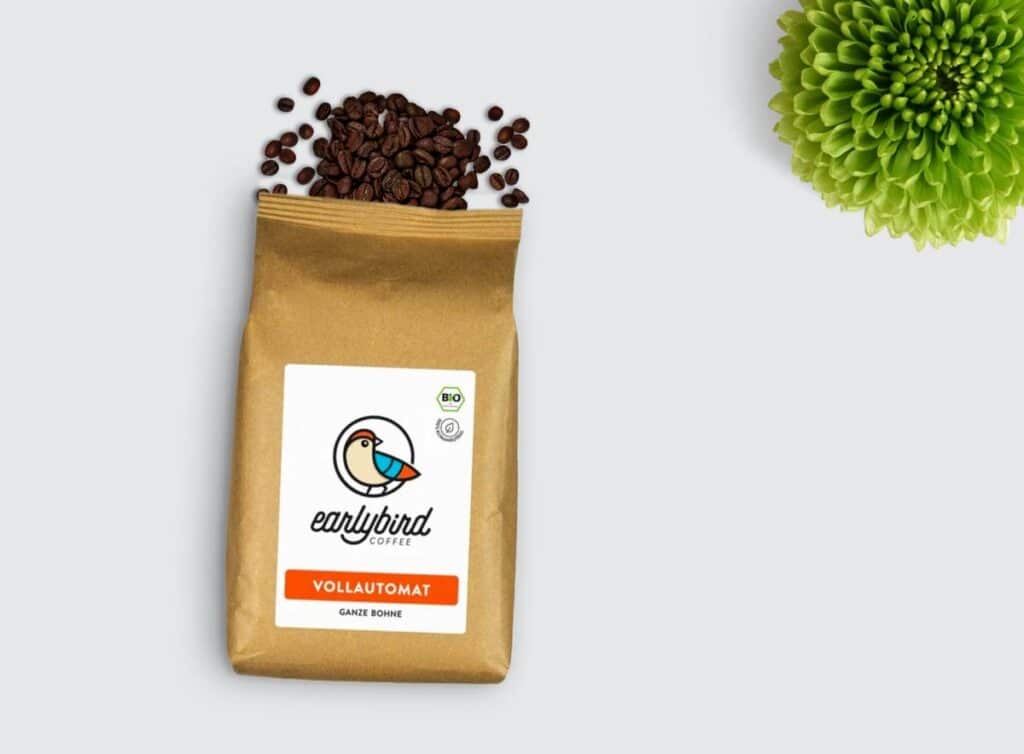
Johtopäätös:
Terveydenhuollon vaatimukset täyttävien elintarvikepakkauspussien suunnittelu on elintärkeää elintarviketurvallisuuden varmistamiseksi, lainsäädännön noudattaminen, ja kuluttajien luottamus. Ottamalla huomioon tekijöitä, kuten tuotteen yhteensopivuuden, fyysistä suojaa, sopivuus, ja brändäystä, ja terveydenhuollon vaatimusten ja standardien noudattaminen, valmistajat voivat luoda pakkauspusseja, jotka turvaavat tehokkaasti elintarvikkeiden laadun ja eheyden. Ota vastaan nousevia trendejä ja innovaatioita, mukaan lukien aktiiviset ja kestävät pakkausratkaisut, jatkaa kehitystä elintarvikepakkauspussien suunnittelussa ja terveydenhuollon vaatimuksissa, viime kädessä edistää turvallisempaa ja kestävämpää elintarviketeollisuutta.
ota yhteyttä elintarvikepakkausasiantuntijoihimme


